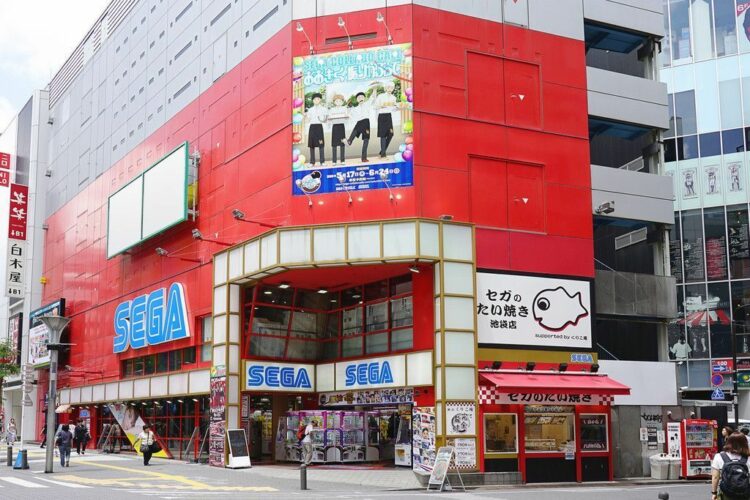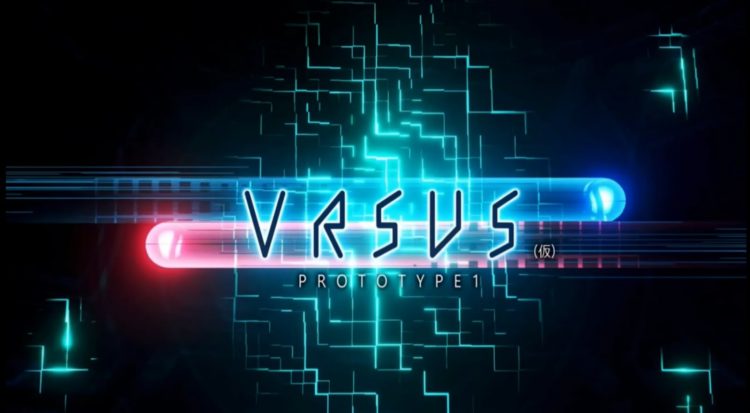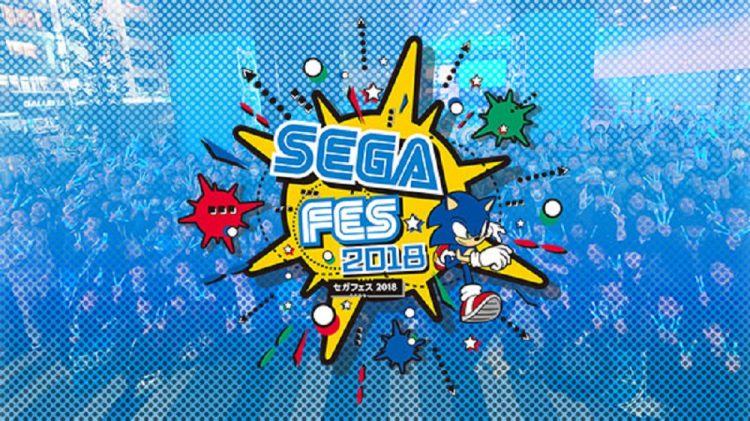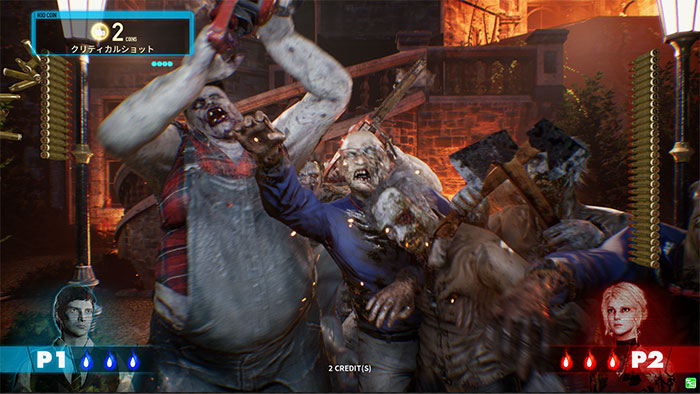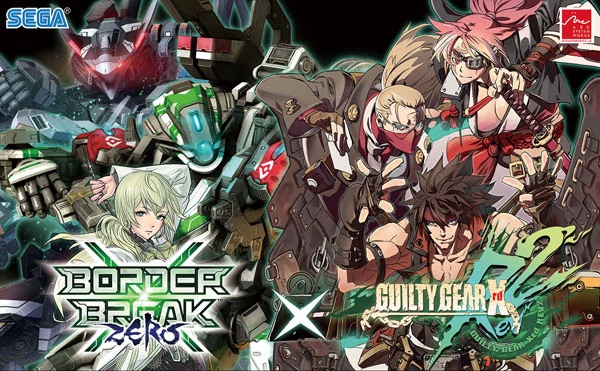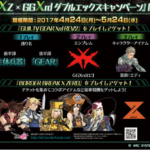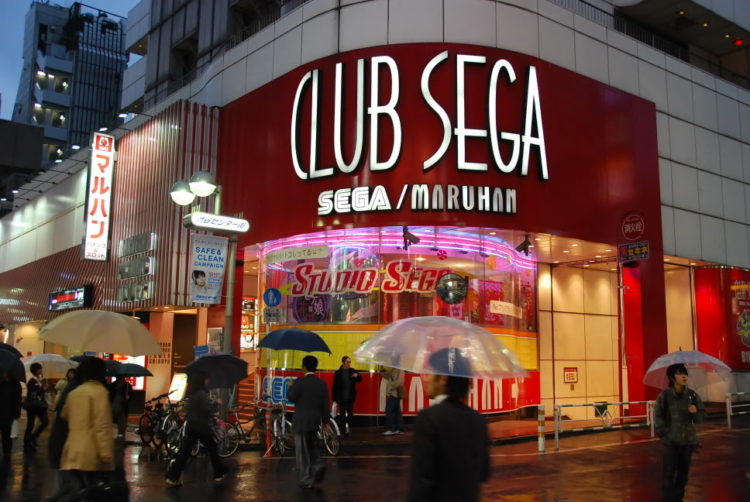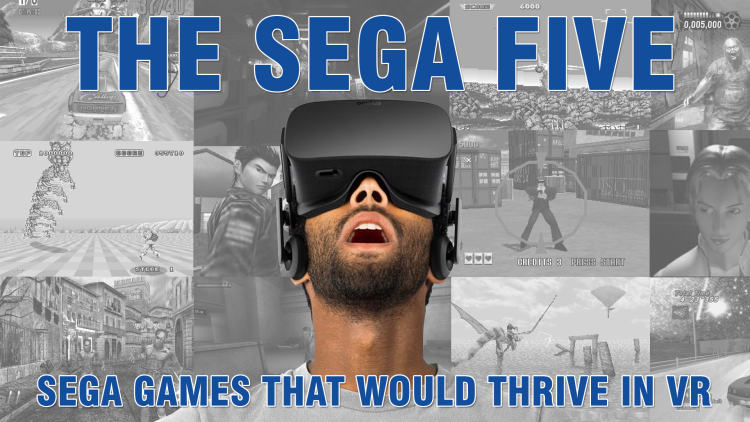SEGA Talk #158: Sonic & SEGA Theme Parks
This week on SEGA Talk, join George and Barry as they embark on a whirlwind tour of SEGA’s fascinating history with theme parks! From the ambitious SEGA World Sydney, dubbed “Australia’s Interactive Disneyland,” to the futuristic Joypolis centers in Japan and beyond, we explore the rise and fall (and sometimes rise again) of SEGA’s ventures into themed entertainment. We’ll delve into the unique attractions, the iconic logos, and the stories behind parks like Centre Sega Paris, Festival Disney, SEGA Arena Taichung, SEGA Republic in Dubai, and the ill-fated SEGA VirtuaLand in Las Vegas. Did you know SEGA even had a presence inside Disneyland Paris?
[iTunes – Stitcher – YouTube – Download]
Support us on Patreon! Get early access, have your memories read on the show, select the games we talk about!



